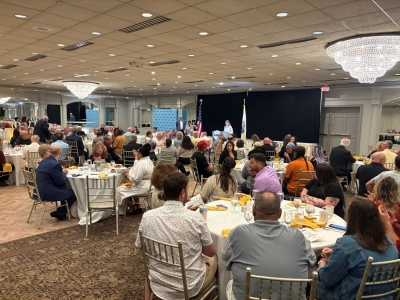
Congratulations the 2024-2025 NJSOA Awards recipients, who were recognized yesterday at the NJSOA Official of the Year Awards Banquet at the Pines Manor in Edison, NJ. Click here to read more about the event:

Congratulations the 2024-2025 NJSOA Awards recipients, who were recognized yesterday at the NJSOA Official of the Year Awards Banquet at the Pines Manor in Edison, NJ. Click here to read more about the event: